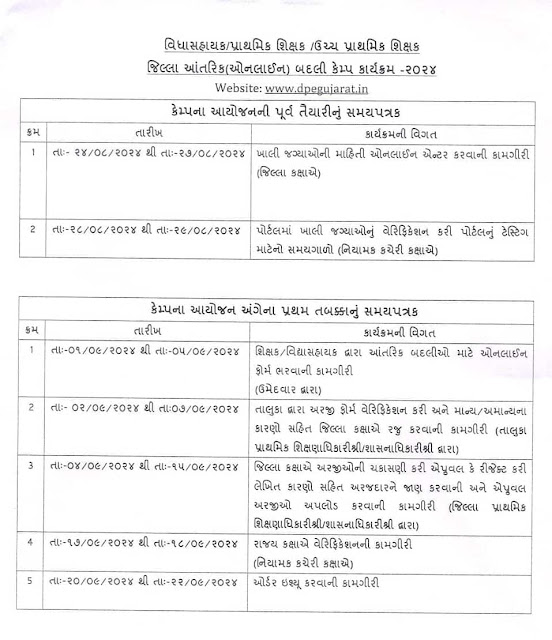Online marks entry karva mate ni upyogi exel file download here
CLICK HERE FOR DOWNLOAD
Aaj ka gyan
CLICK HERE FOR DOWNLOAD
Aaj ka gyan
The Gevninge helmet fragment is the dextereyepiece of a helmet from the Viking Age or end of the Nordic Iron Age. It was found in 2000 during the excavation of a Viking farmstead in Gevninge, near Lejre, Denmark. The fragment is moulded from bronze and gilded, and consists of a stylised eyebrow with eyelashes above an oval opening. There are three holes at the top and bottom of the fragment to affix the eyepiece to a helmet. The fragment is significant as rare evidence of contemporaneous helmets, and also for its discovery in Gevninge, an outpost that is possibly connected to the Anglo-Saxon epic Beowulf. It has been in the collection of the Lejre Museum since its discovery, and has been exhibited internationally as part of a traveling exhibition on Vikings.
The fragment is an ornate piece, but nothing else remains of the helmet; it might be the single remnant of a disintegrated helmet, or it might have simply been lost or discarded. It is one of two Scandinavian eyepieces discovered alone, however, giving rise to the suggestion that it was intentionally deposited in an invocation of the one-eyed god Odin. It would have been part of a decorated "crested helmet", the type of headgear that was common to England and Scandinavia from the sixth through eleventh centuries AD. These are particularly known from the examples found at Vendel, Valsgärde, and Sutton Hoo; the Tjele helmet fragment is the only other Danish example known.
Gevninge is three kilometres (1.9 mi) upriver from Lejre, a one-time centre of power believed to be the setting for Heorot, the fabled mead hall to which the poetical hero Beowulf journeys in search of the monster Grendel. The settlement's location suggests that it functioned as an outpost through which anyone would have to pass when sailing to the capital, and in which trusted and loyal guardians would serve. This mirrors Beowulf's experience on his way to Heorot, for upon disembarking he is met with a mounted lookout whose job it is "to watch the waves for raiders, and danger to the Danish shore." Upon answering his challenge, Beowulf is escorted down the road to Heorot, much as an Iron Age visitor to Lejre might have been led along the road from Gevninge.



